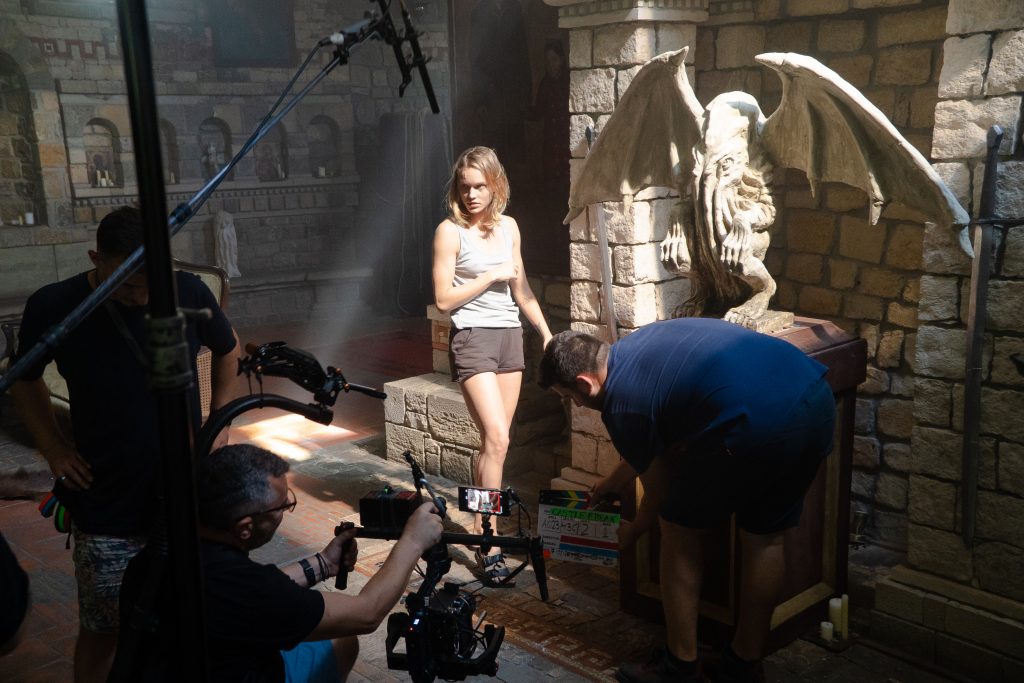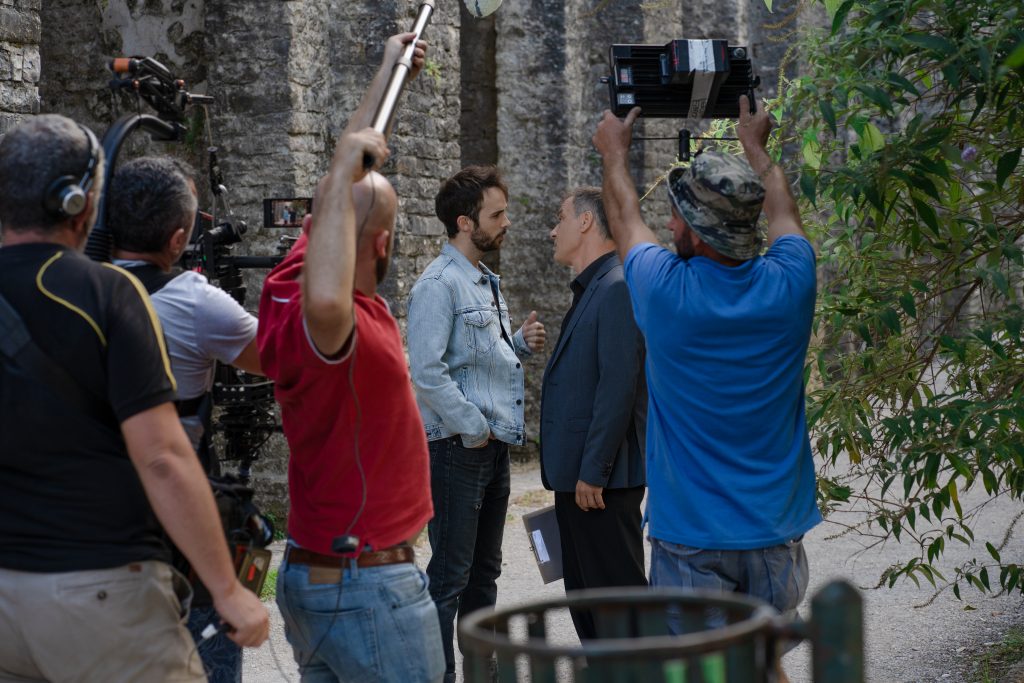You’ve been on set for what feels like years. It was one of those days, everything dragged on longer than what was expected. What was supposed to be a simple in-and-out turned into a real marathon. But then you hear it from the assistant director: the last shot of the day. FINALLY. Rolling. Action. Cut. We made it, time to go home. Just as everyone starts rushing to gather their gear and load out, from the far end of the room, a cease fire is called. “Hold for room tone.” Everyone freezes, scanning the room with their eyes until they lock with the audio technician. 10. 9. 8. 7. 6. 5. 4. A production assistant at the craft services table sneezes. “I SAID HOLD FOR ROOM TONE.” You feel their pain, you’ve been there before. 10. 9. 8. 7. 6. A car alarm goes off outside. “Somebody get that car! Restarting room tone.” 10. 9. 8. 7. 6. 5. 4. 3. 2. All eyes are on the audio technician, they hold on to their headphones with the intensity of a Russian chess master. Then they shake their head, turning to the boom operator, “Did you hear that?” The room erupts with groans of anguish. Why?! Why?! Why do we have to hold for room tone?

Well, I’ll get right to that, but first let’s start with a definition. Room tone is the silence recorded in scene on location when no dialog is spoken, while similar to ambience, room tone is distinct for its lack of background noise. Basically, it’s what your location sounds like when nothing is happening at your location. Room tone becomes pivotal in audio editing because silence isn’t real (trust me, John Cage did a whole thing and we really don’t want to get into it.) If you laid out your editing timeline and included spaces between your dialog, the audio drops between lines would be quite the red flag. When you start having to splice together different takes from different angles to make the scene work, you’ll also start to hear subtle audio inconsistencies when the shots change. Room tone exists to blend these inconsistencies and have a solid audio backdrop to work from in the edit.
I know what you’re thinking, “if room tone is just ambient silence, why can’t I just buy (or pirate) a room tone audio pack instead of wasting time on set?” Well you can. You can also buy (or pirate) b-roll shots online. Hell, Italian cinema in the 70s and 80s was notorious for cutting to completely different movies instead of actually filming the scenes written in the script. But you know what? Unless this is an intentional postmodern audio choice you’re going for, it won’t be good. People will subconsciously notice, and it will throw them off. There’s a joke that goes around on countless sets, “we’ll fix it in post.” When it comes to audio, unless you have big budget money, you won’t.
Why? Because every silence is different. Every room, every field, every auditorium, car, house, train station, library, etc etc, they’re all different. That’s why at the end of every location you shoot at, you hold for room tone. The room tone of your bedroom set will not match the studio special effect inserts that you have to shoot a week later. Grab the bedroom room tone at the end of the shoot and overlay it onto the footage of your studio shoot, boom, consistent audio. And seriously, don’t even try to use indoor room tone to patch together an outdoor scene.
Sure, at the end of the day we all want to go home. We’re tired, worn out, and already thinking about how tired and worn out we’re going to be tomorrow, but taking the effort to grab that room tone track will save you some serious time and headaches in post-production. I’m sure some audio technicians have different answers, but as a rule of thumb, thirty seconds (or up to a minute if your crew can keep it together) is really all you need to have a safe room tone track. That’s all you gotta do, just get the grip and electric team to stop talking about second meal for thirty seconds.
Now go on, grab your shotgun microphone, and boom pole, your best audio recorder, get out there on set, press record, and NOBODY MOVE, WE’RE HOLDING FOR ROOM TONE.




